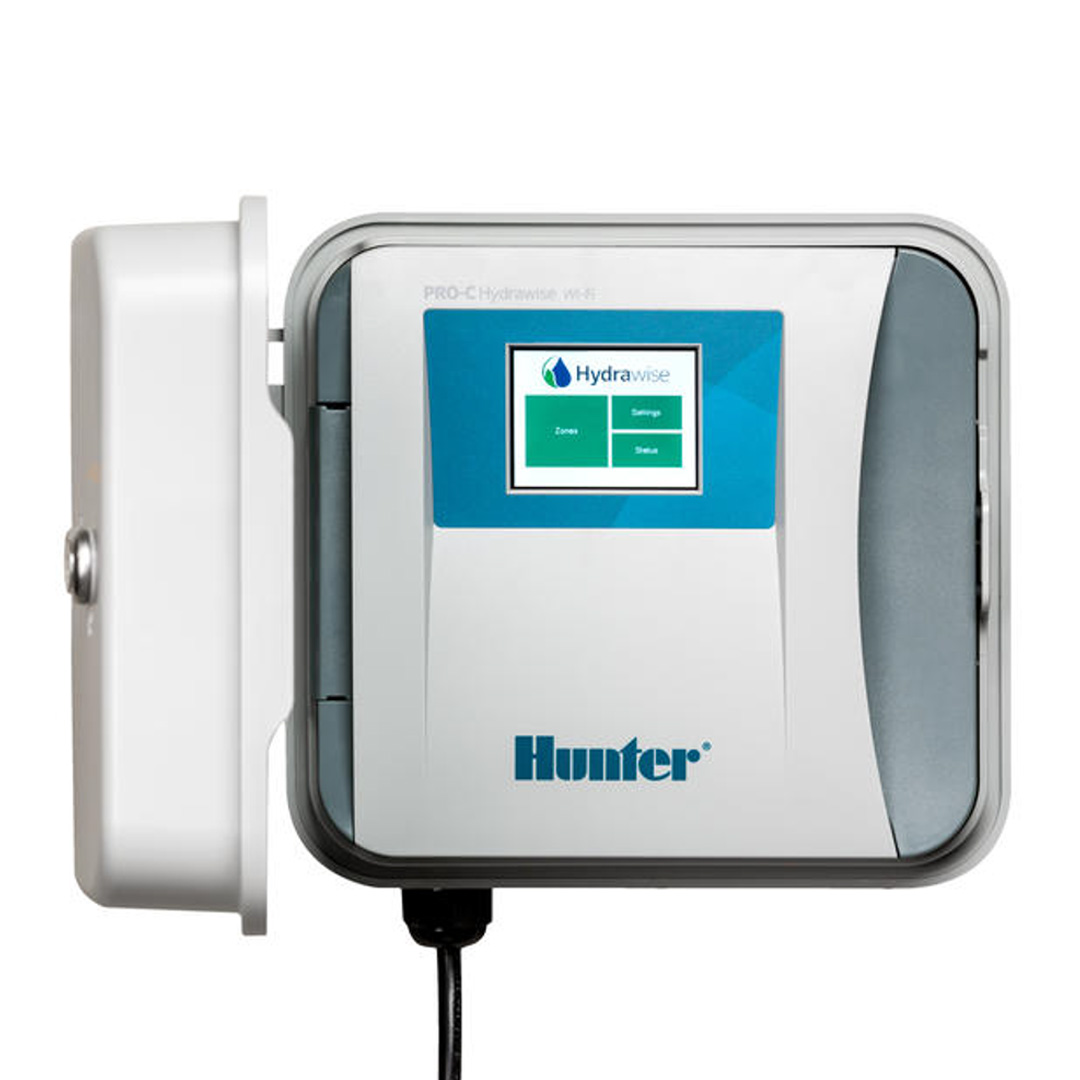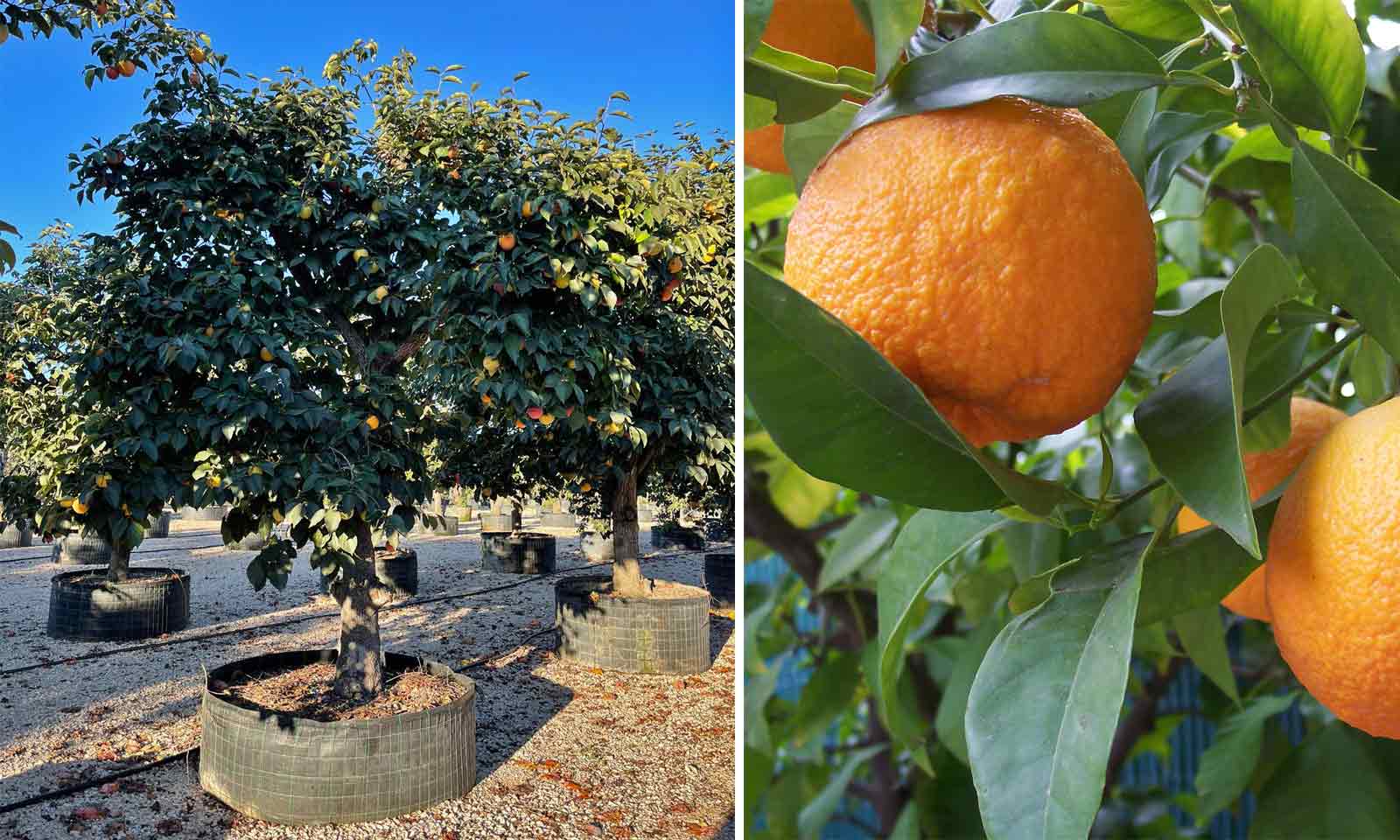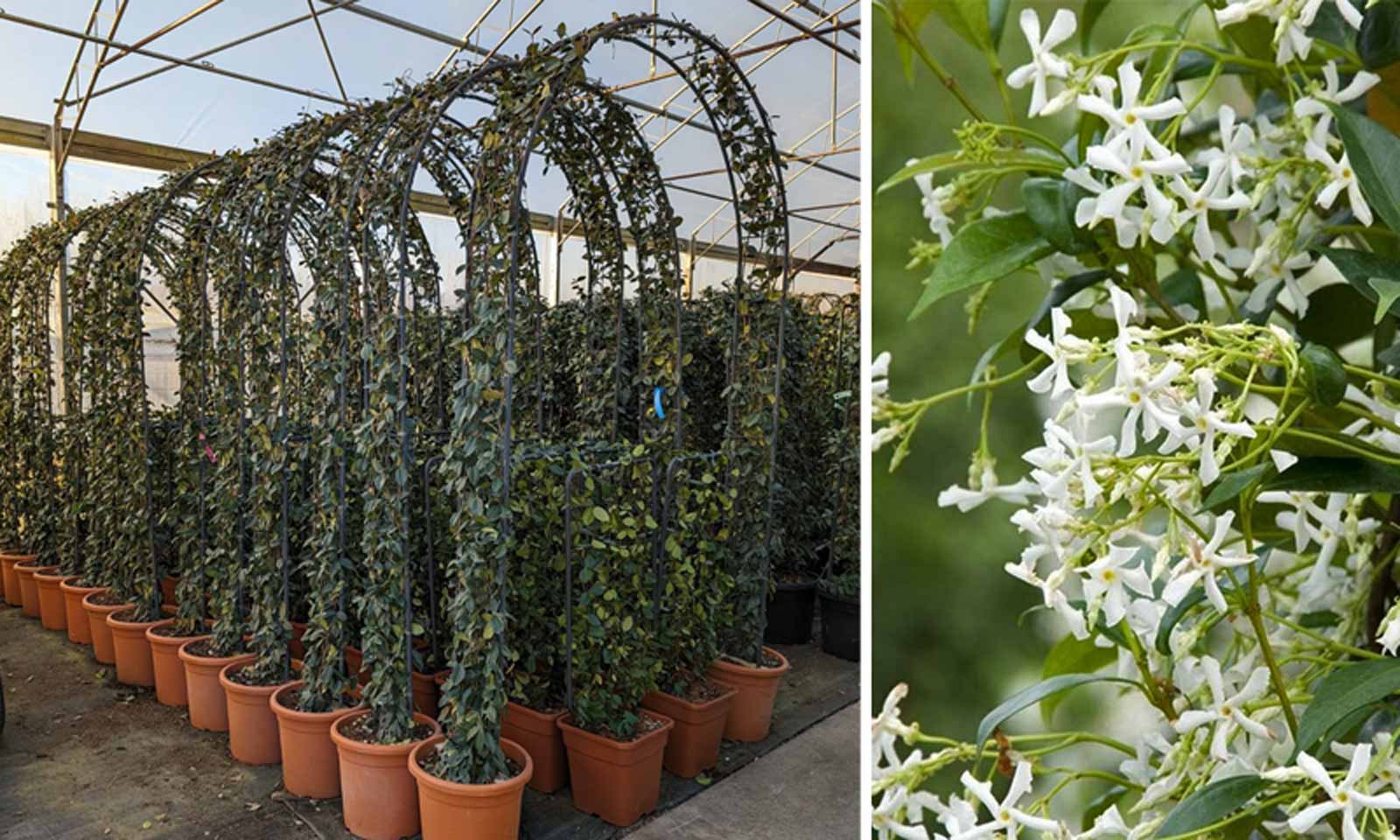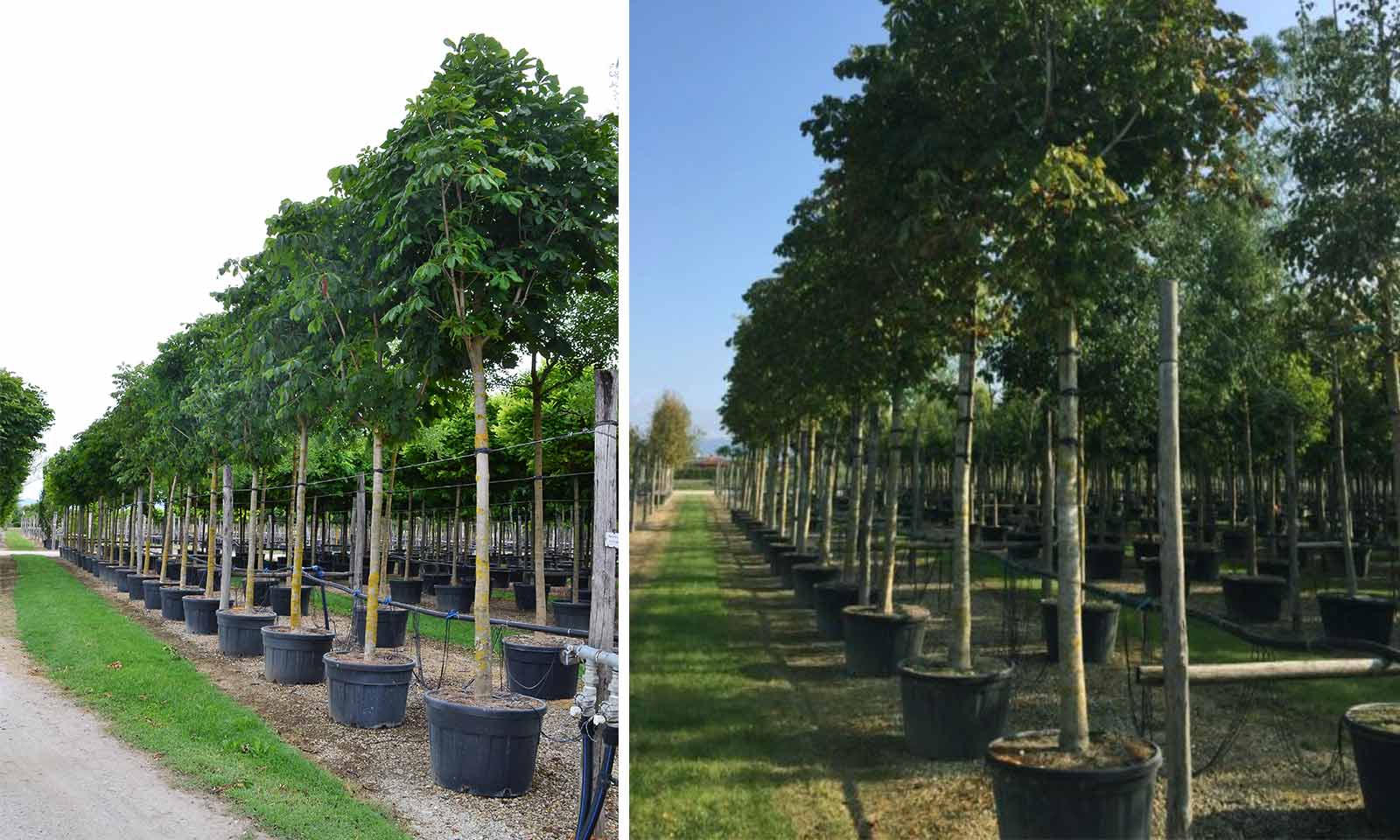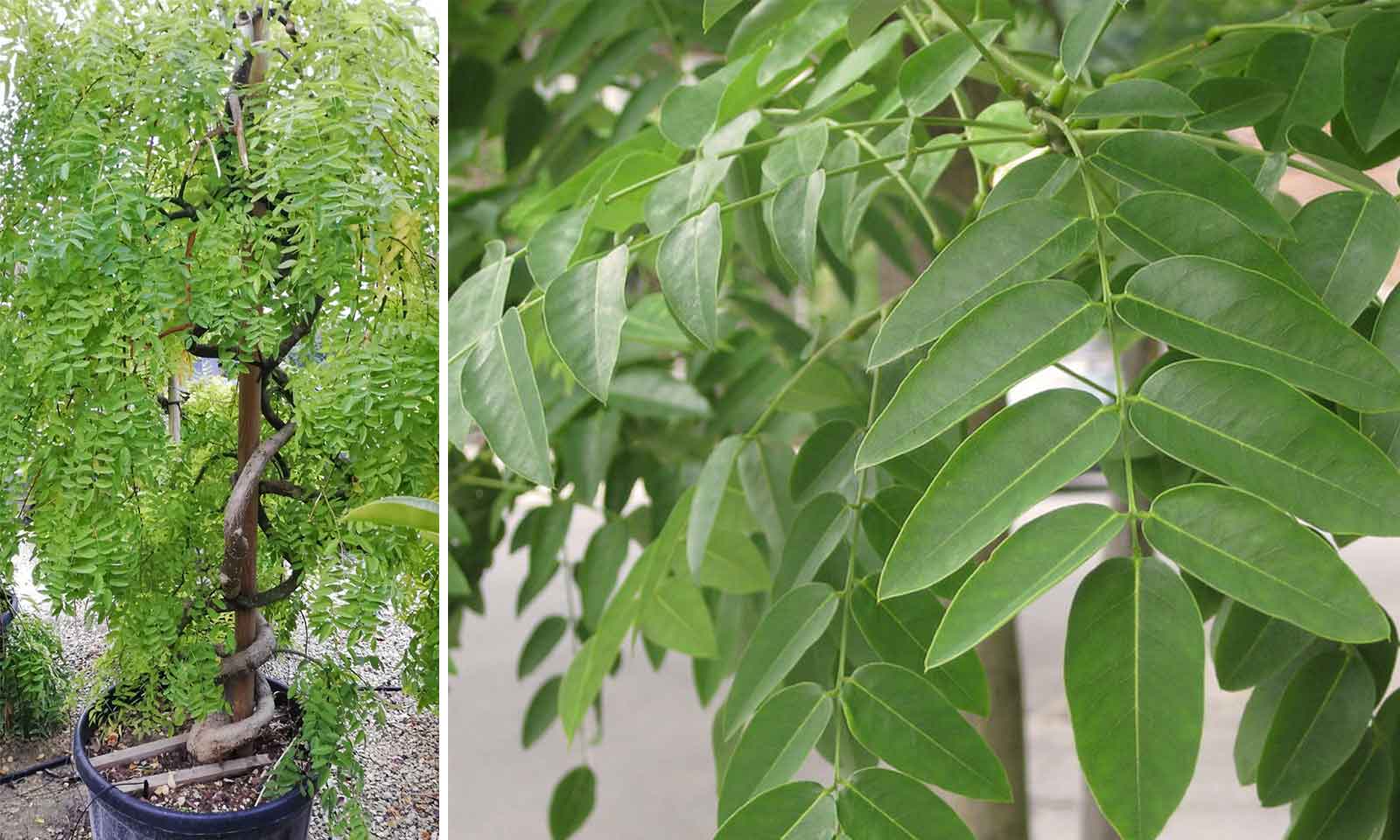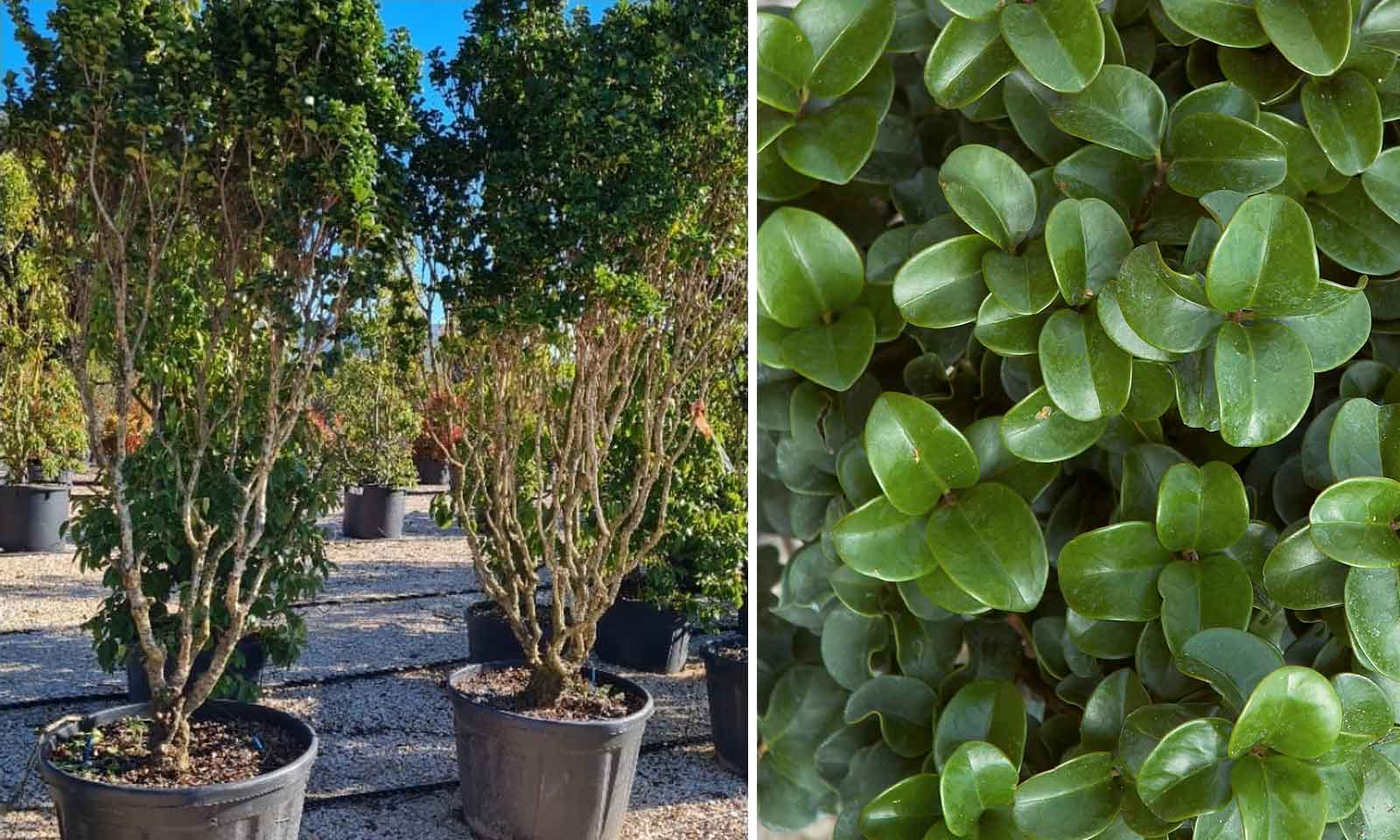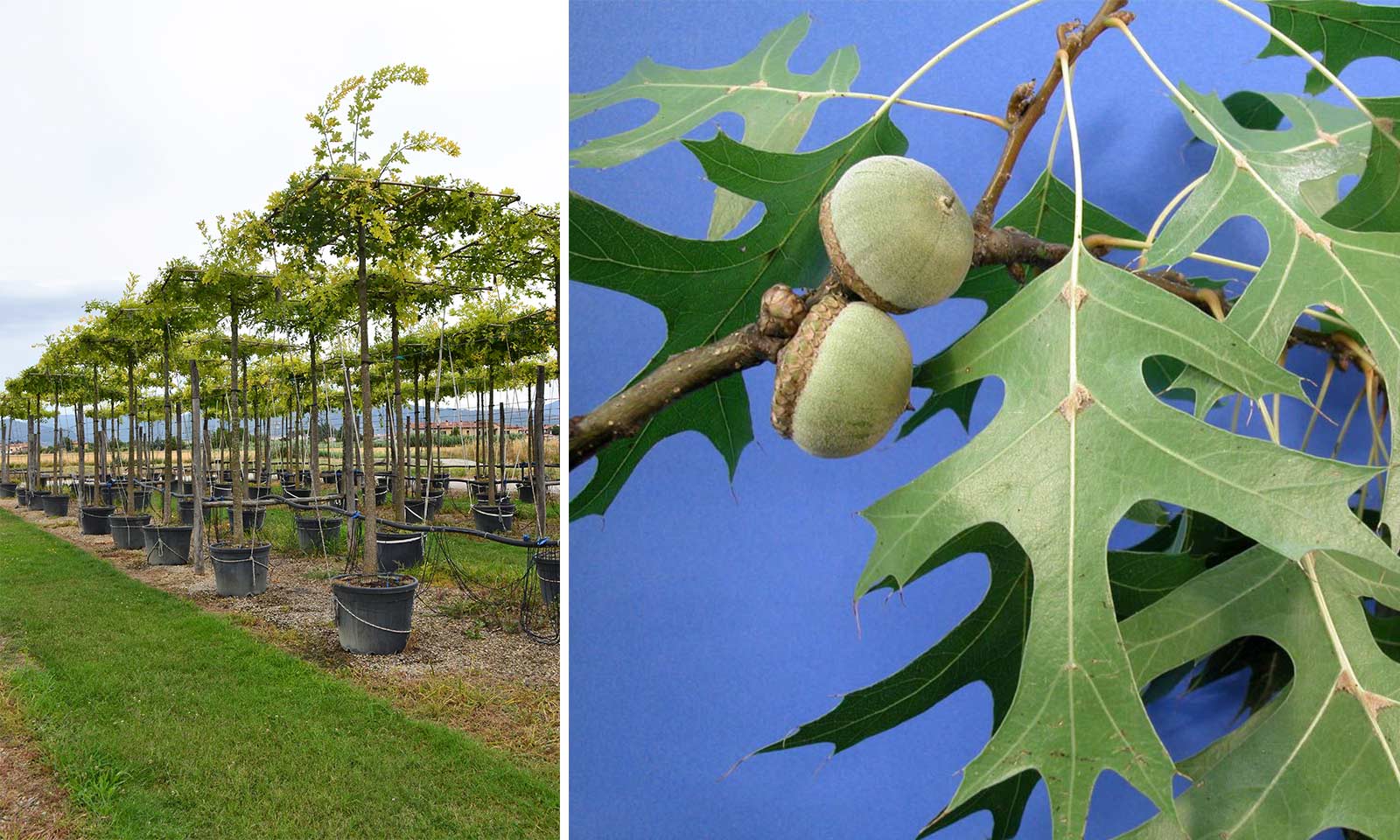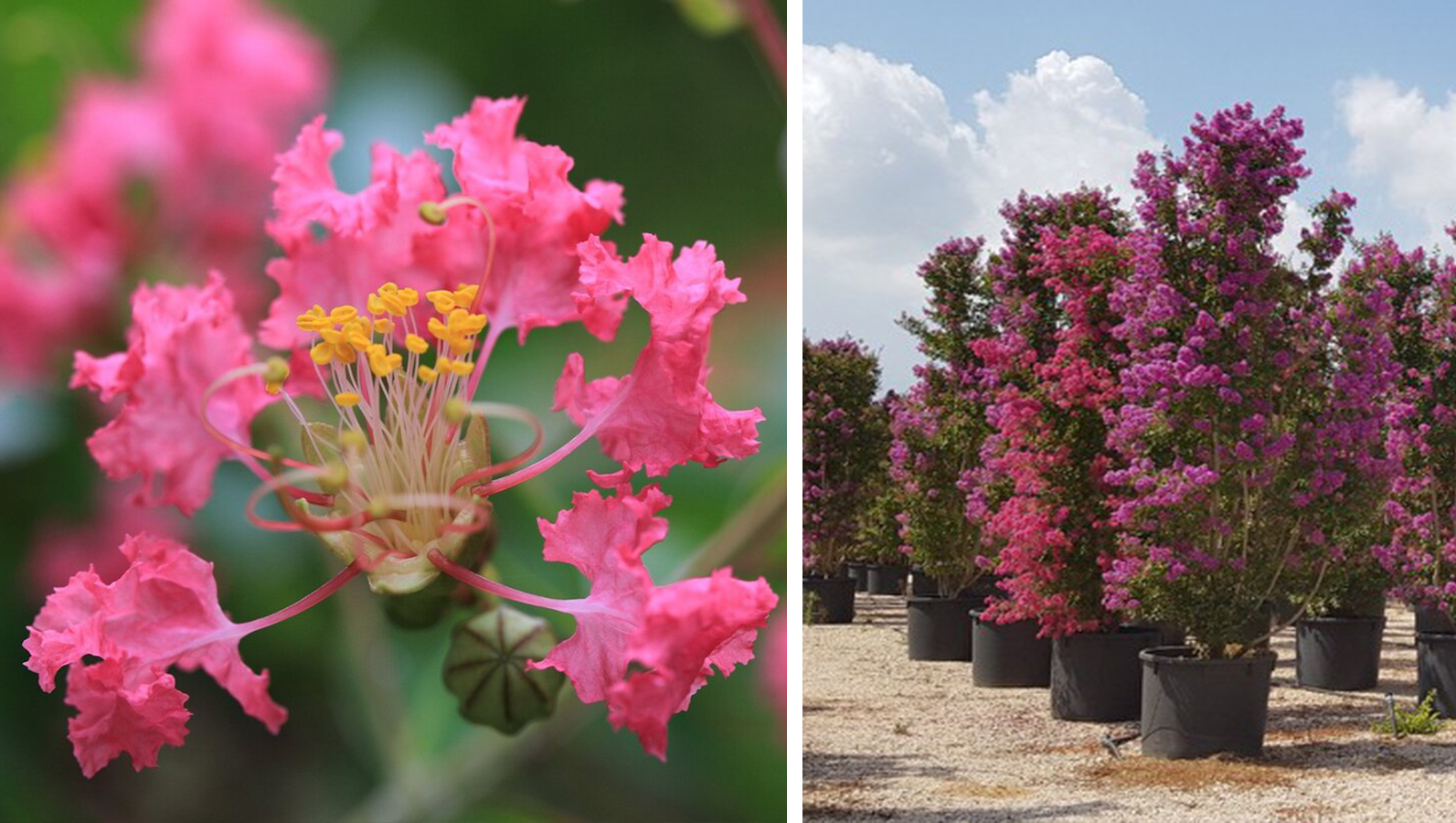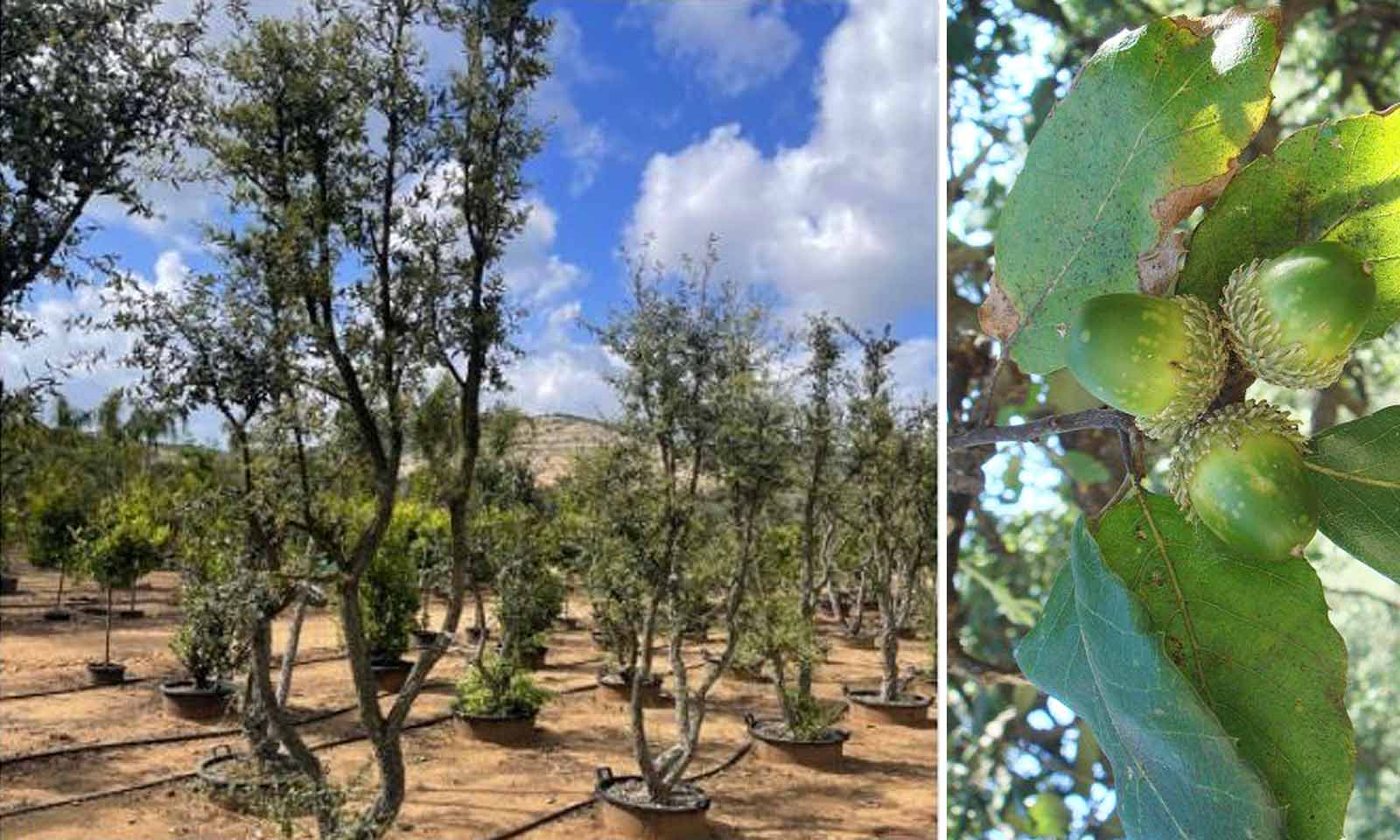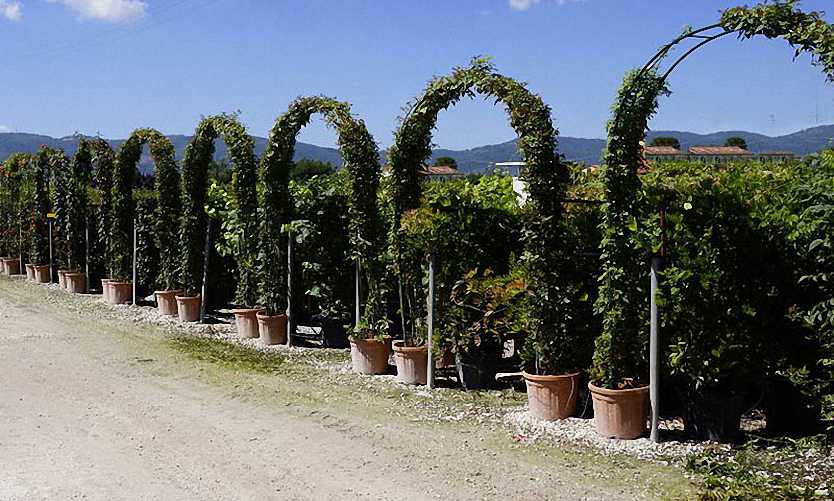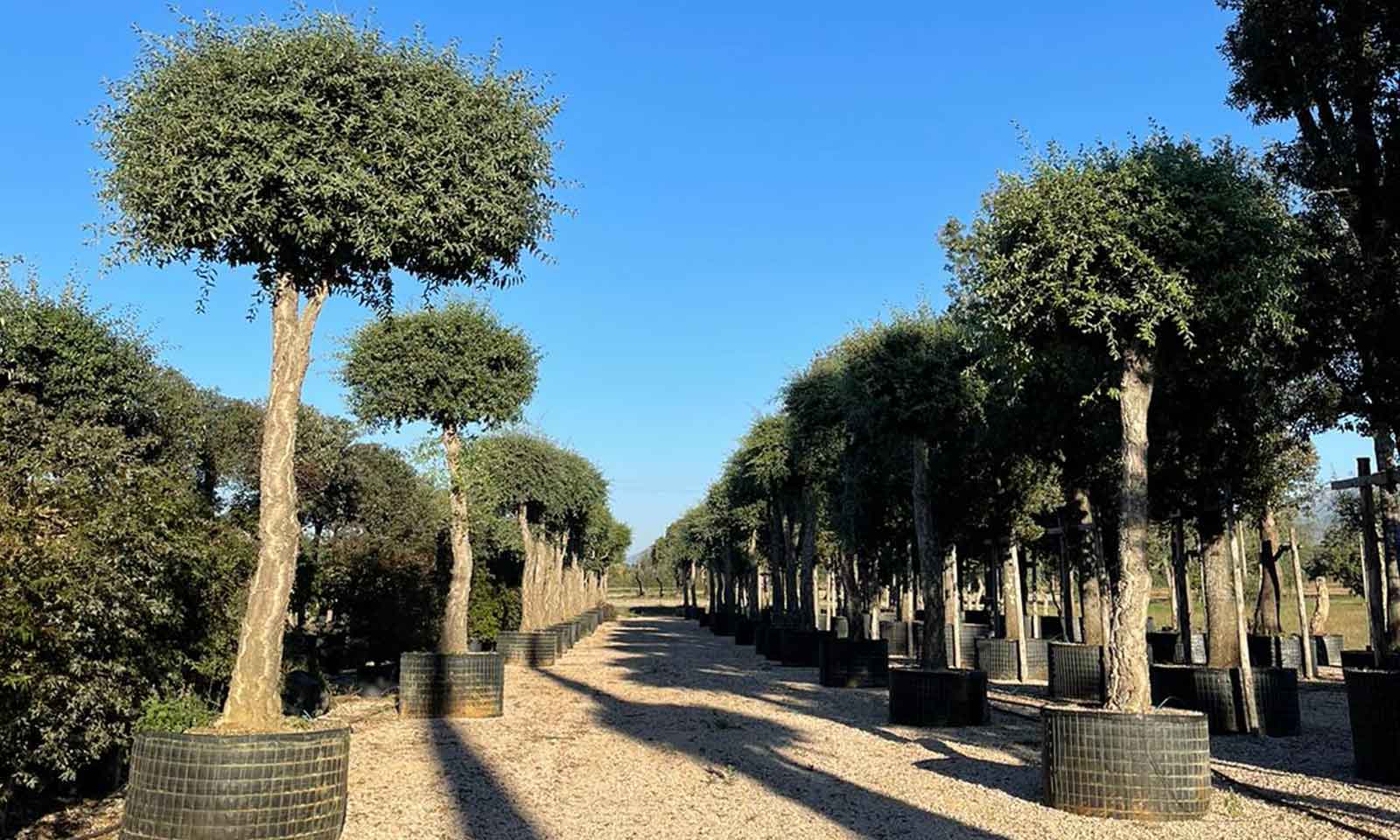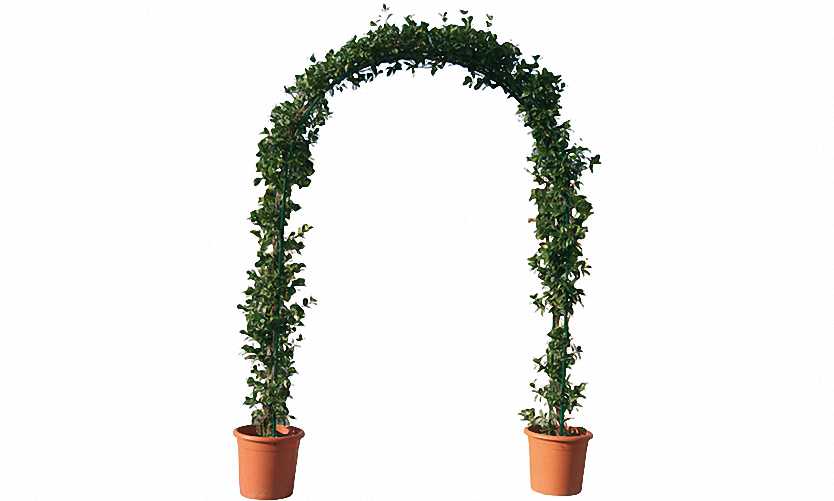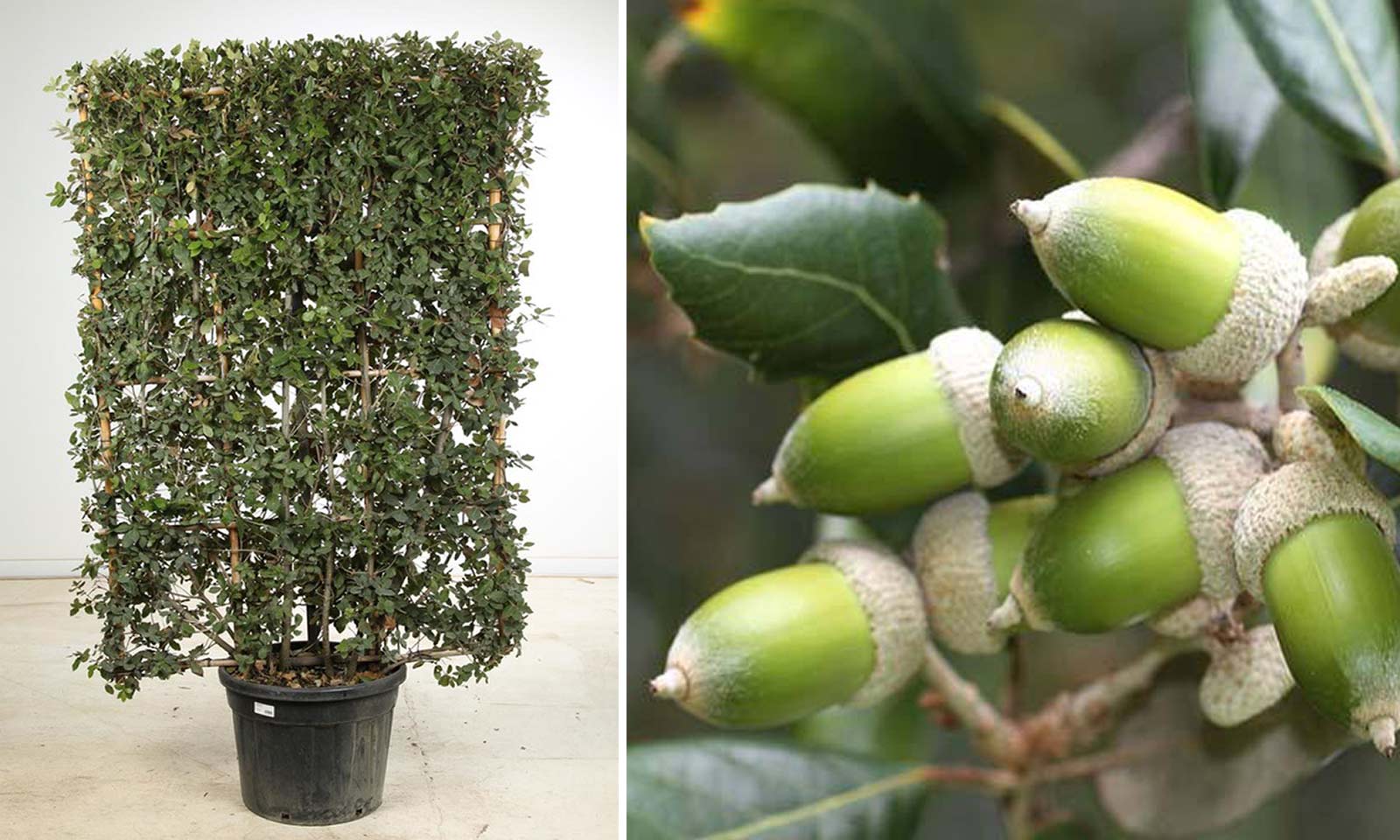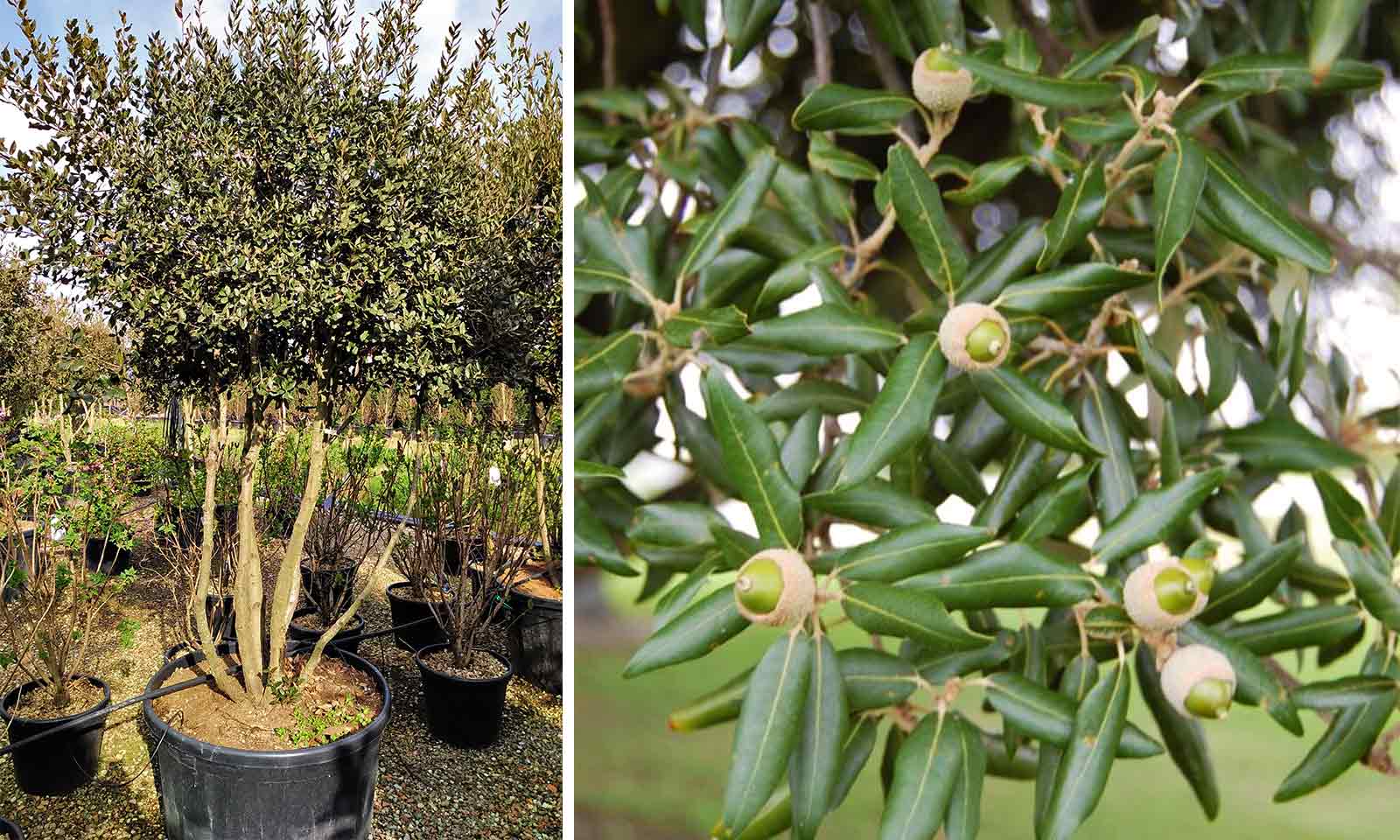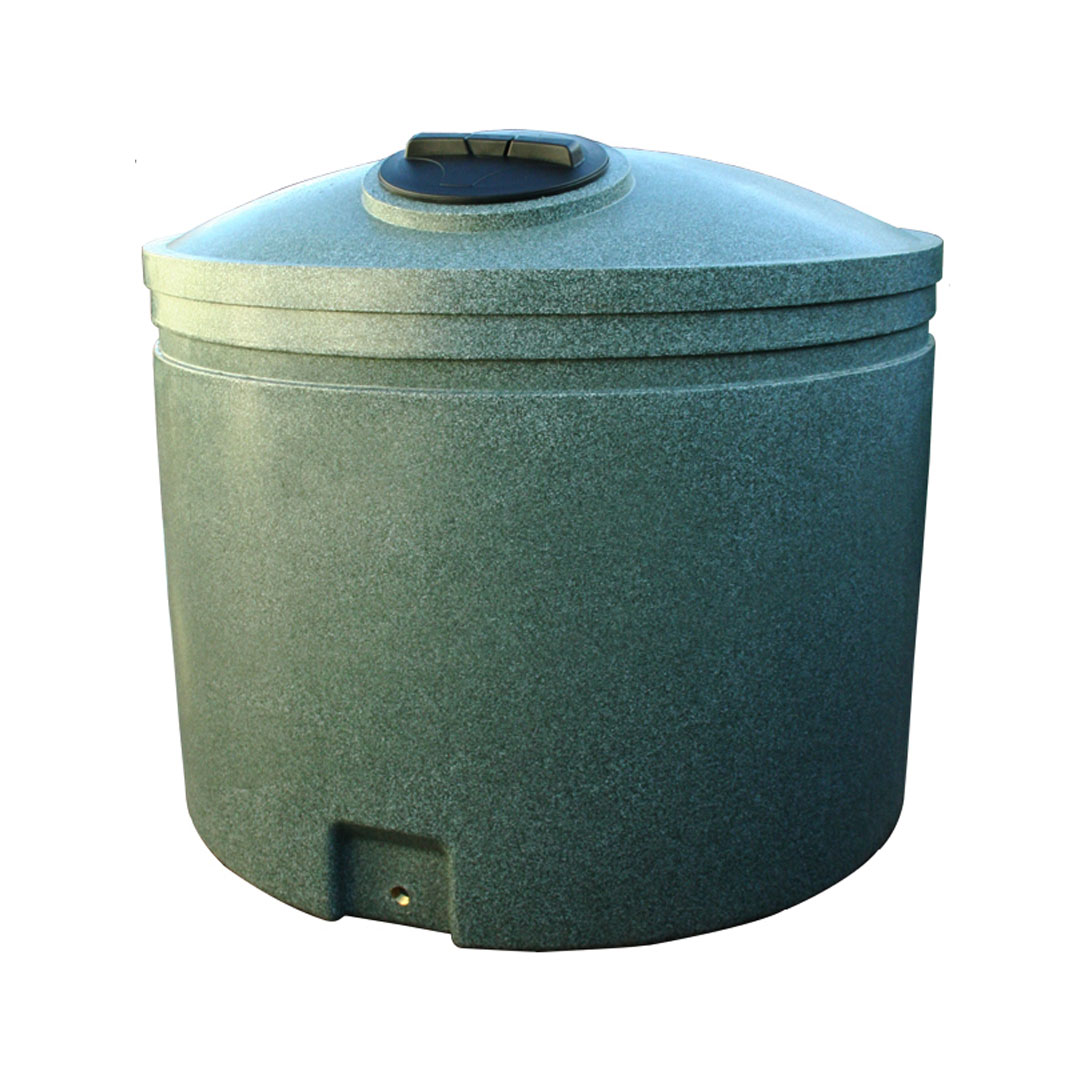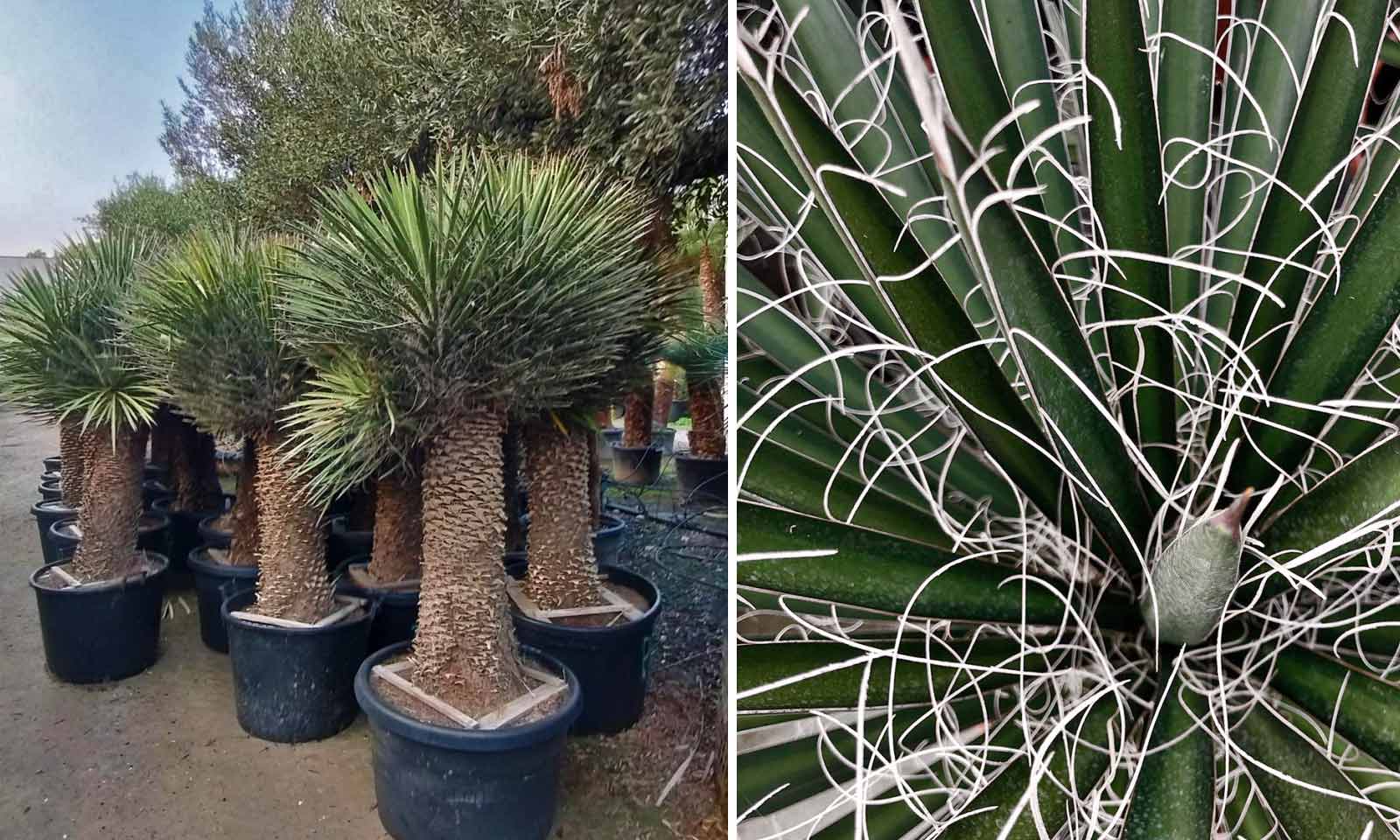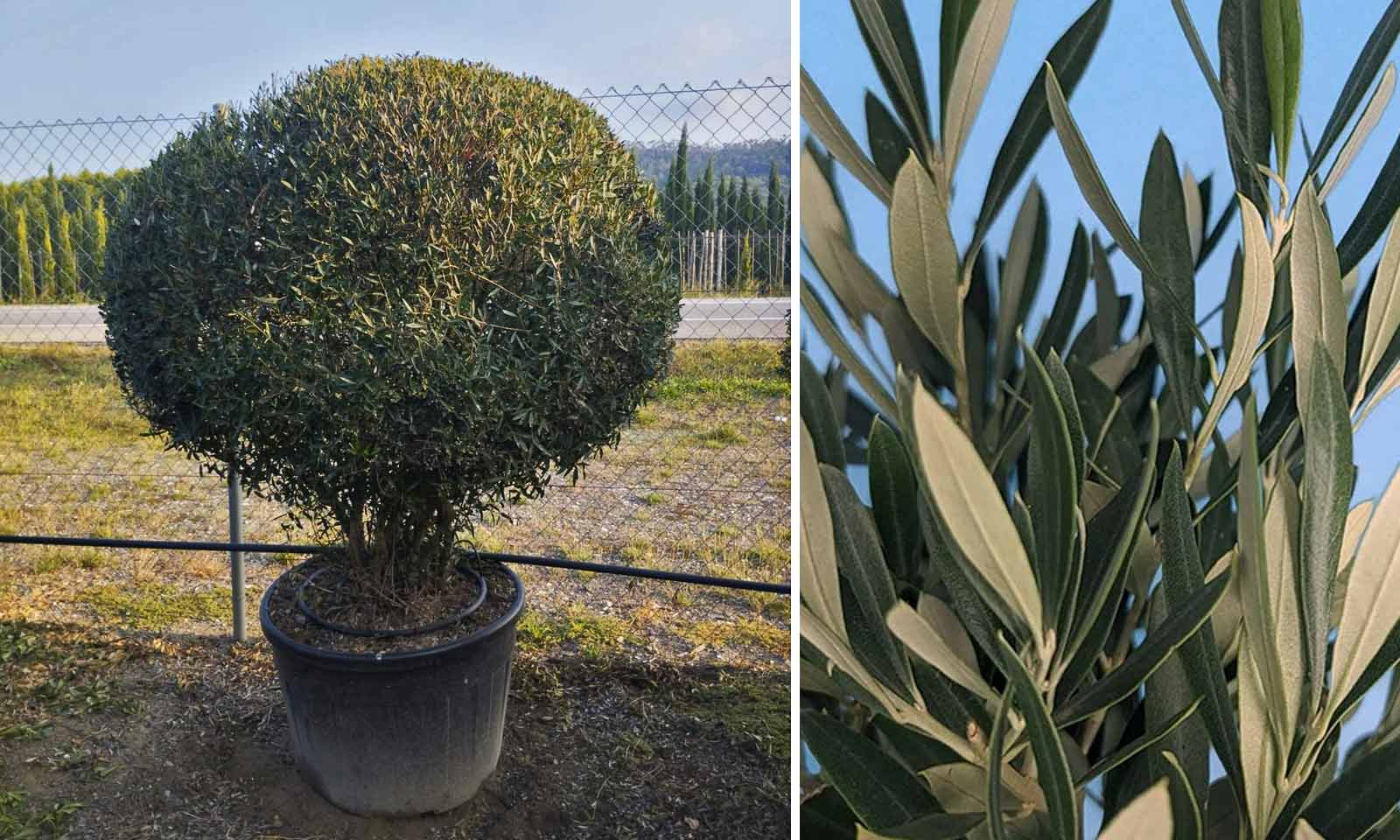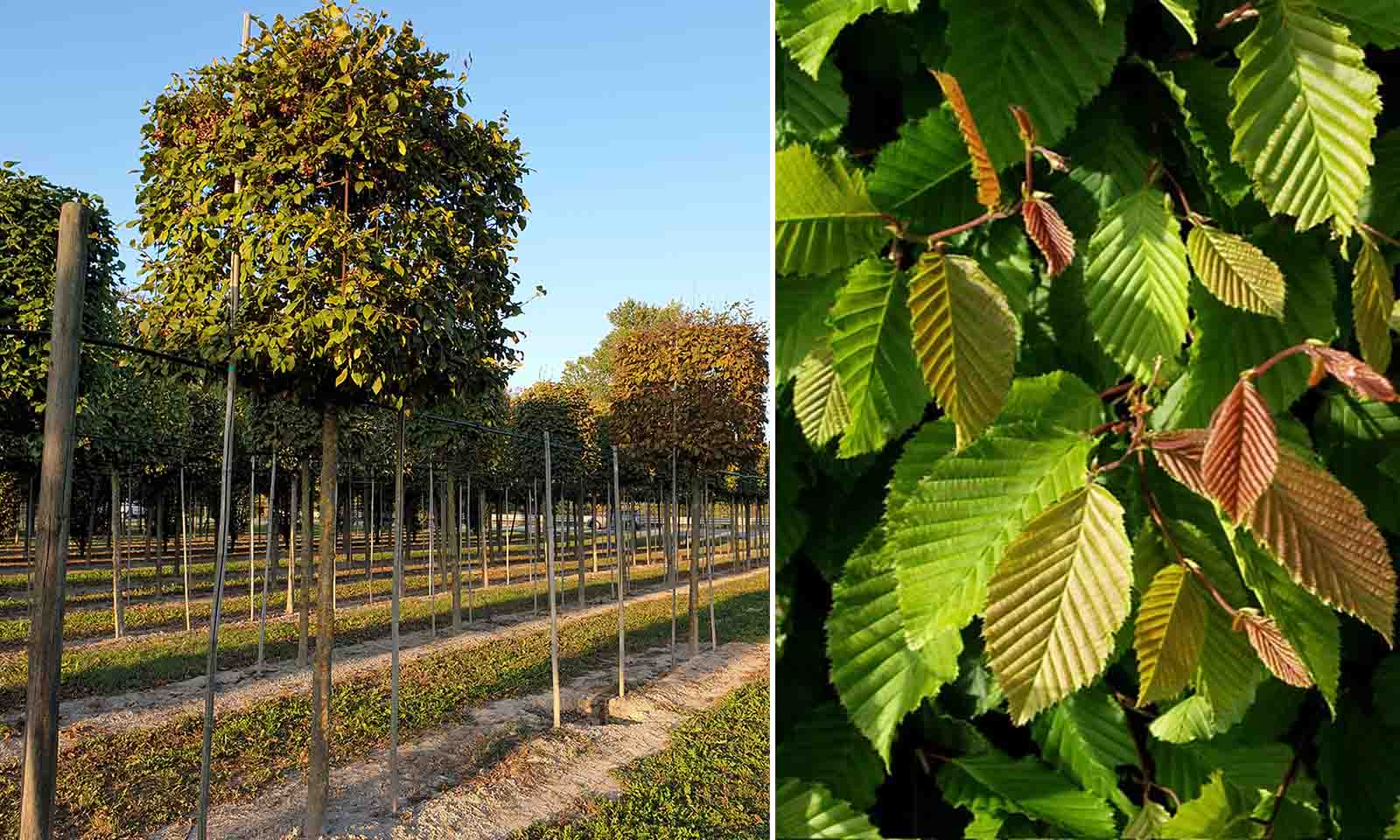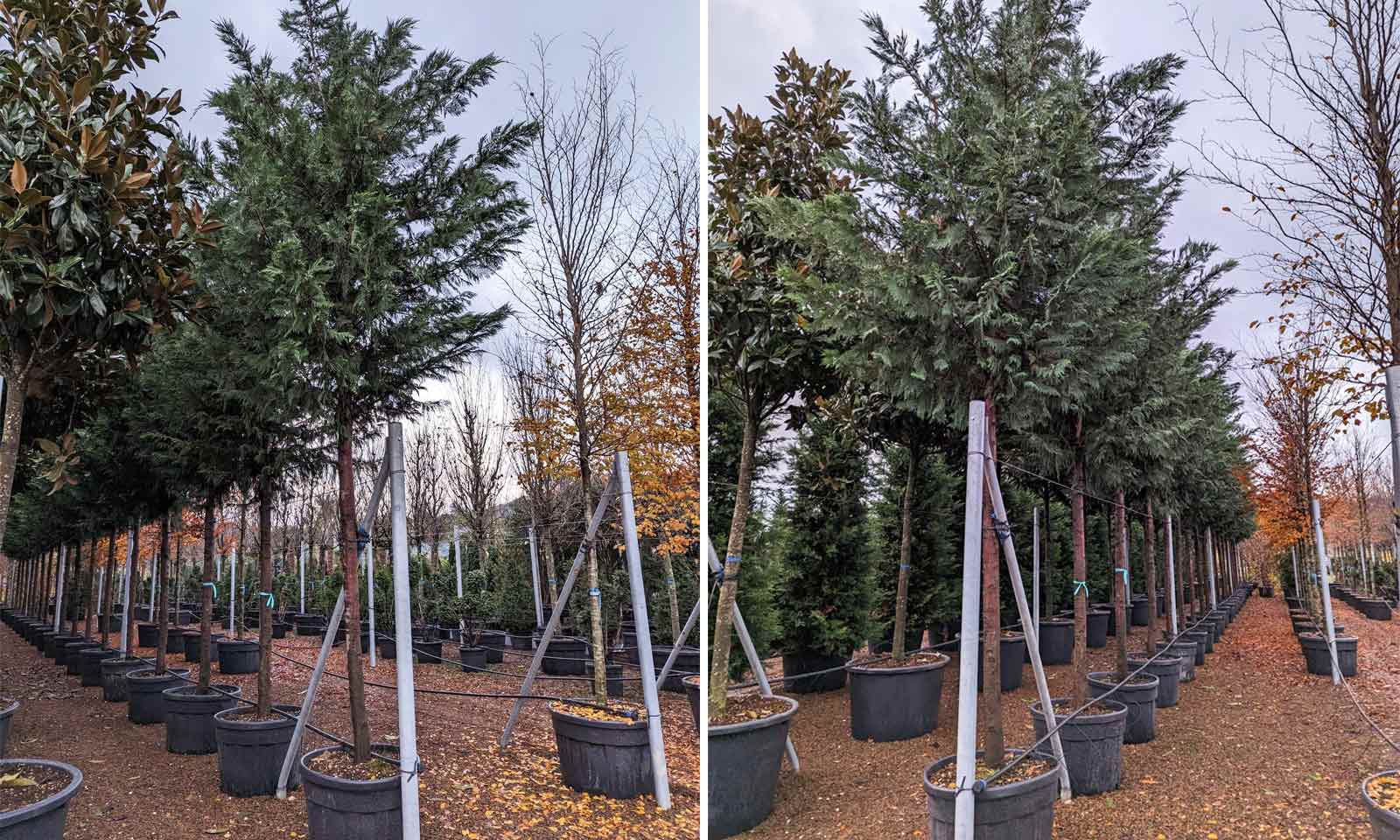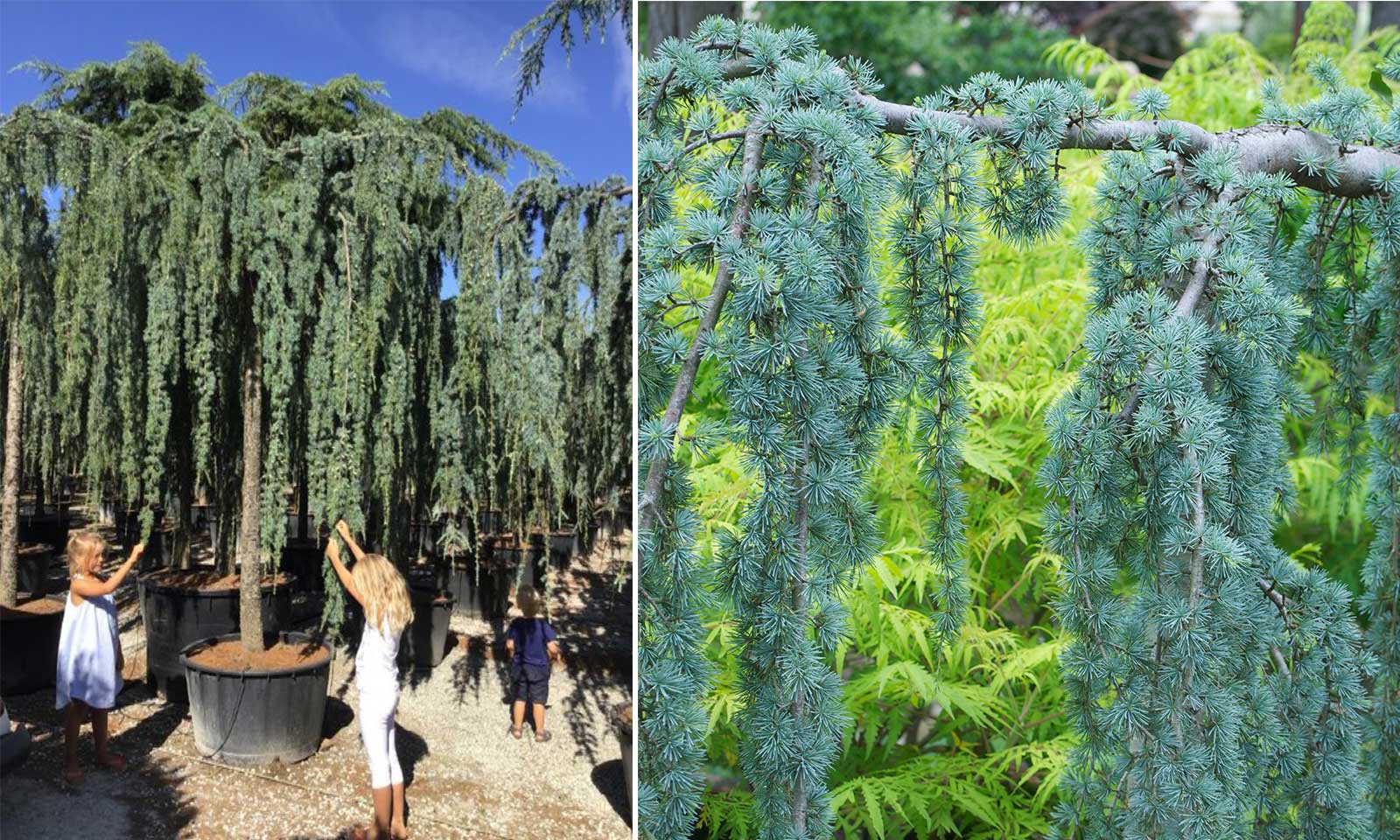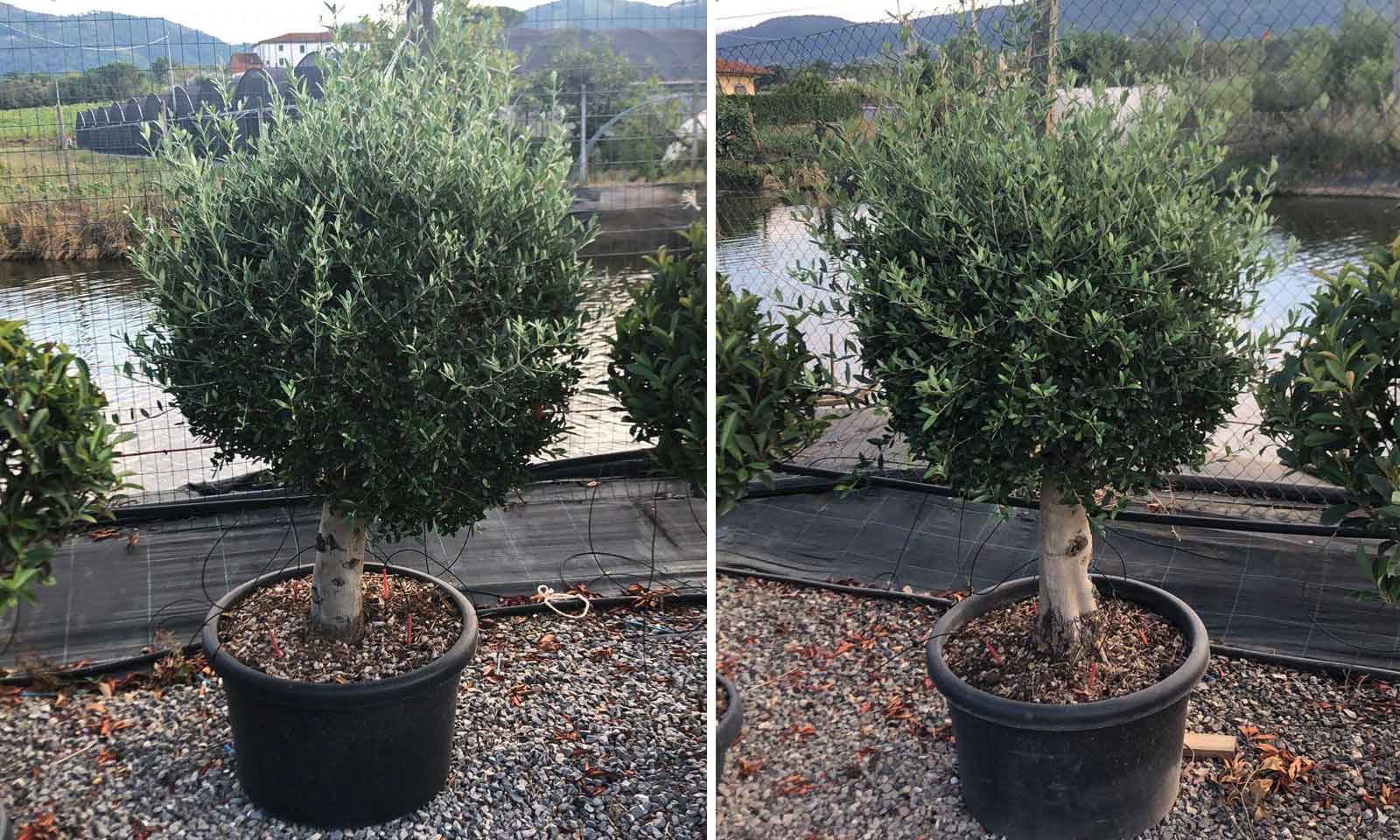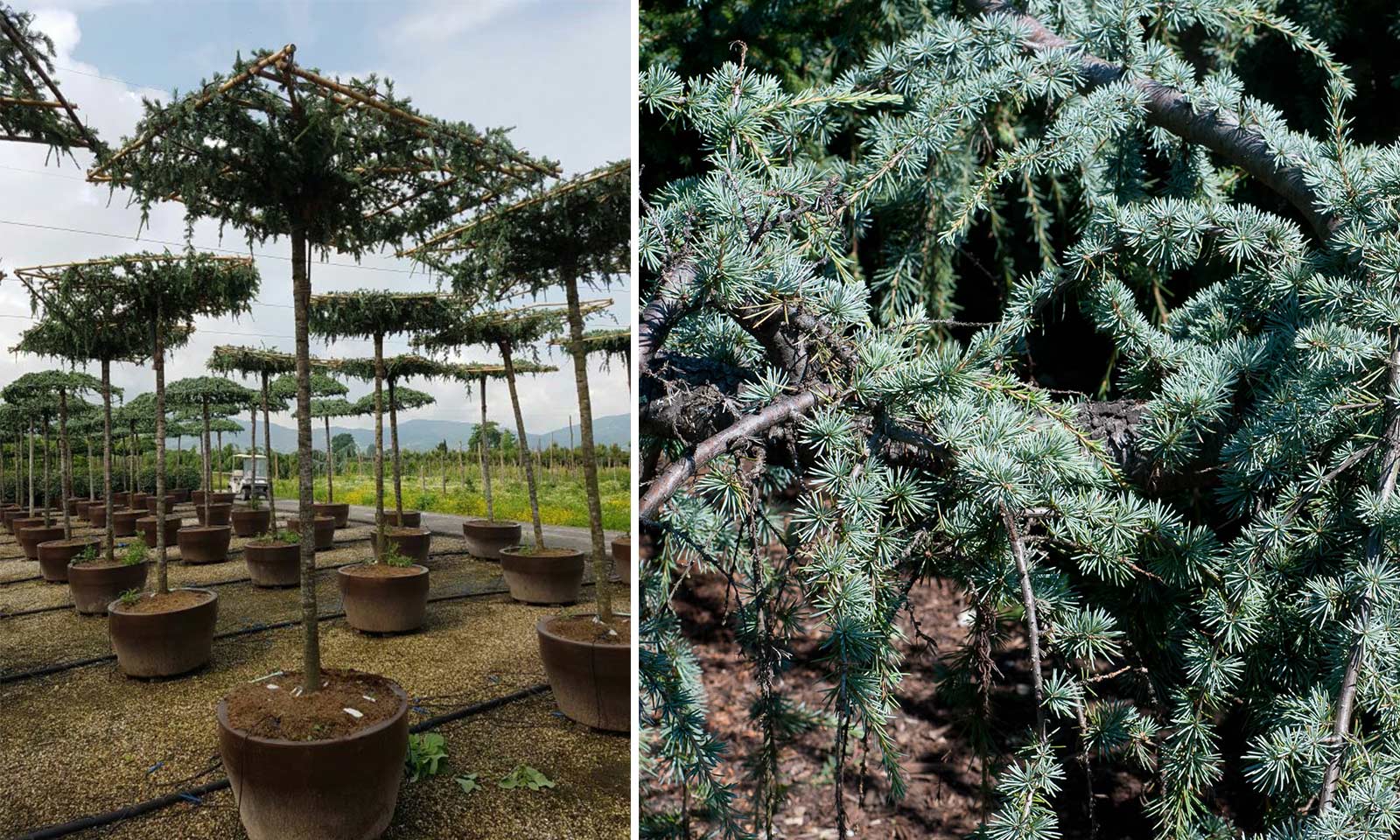Hunter Irrigation Controller PRO-C Series PC-401-E Expandable
Features PC-401-E
- Number of Stations: 4
- Type: Modular
- Cabinets: Outdoor plastic
- Independent programs for watering: 3
- Independent programs for lighting: 3
- Starts per program: 4
- Max. watering time. per station: 6 hours
- Solar Sync Location: now features built-in Solar Sync software for greater efficiency
- Solar Sync Activation Delay: allows you to delay start-up for up to 99 days
- Cycle and Absorb: reduces runoff
- Built-in Lighting Programs: allows you to control garden lights as well
- Added more grommet holes for greater flexibility
- Programmable Shut-Off: allows you to not water for a set period of your choosing
- Permanent memory: always maintains programs even without battery backup
- Sensor bypass: allows the controller to override any connected sensors
- One button manual start: allows you to start any station
- Warranty period: 2 years
PC-401-E Operating Specifications
- Station Watering Times: 1 minute to 6 hours in programs A, B and C.
- Cycle Starts: 4 per day, per program, for up to 12 cycles per day.
- Watering Modes: Weekday scheduling, interval watering for up to 31 days, or watering on odd or even days based on 365-day calendar and date.
Electrical Specifications PC-401-E
- Transformer Input: 230 Vac, 50/60 Hz.
- Transformer Output: 24 Vac, 1 A.
- Station Output: 24 Vac, 0.56 A per station.
- Maximum output: 24 Vac, 0.84 A (including main valve circuit).
- Battery: 9 V alkaline battery (NOT INCLUDED), used only for programming in the absence of AC power; permanent memory stores program data.
- Internal CR2032 lithium battery, in front panel, for clock.
Dimensions of PC-401-E cabinet
- Height: 23 cm
- Width: 21.5 cm
- Depth: 10.9 cm
- NEMA 3R outdoor cabinet, IP44.
PC-401-E default settings:
Watering time for all stations is set to zero.
The controller has a permanent memory that retains the data from the programs entered even if power is interrupted, no batteries required.
Cleaning PC-401-E:
Gently use only a cloth moistened with soapy water for cleaning.
Electrical Specifications PC-401-E:
- Transformer input: 120 Vac or 230/240 Vac (International model)
- Transformer output (24 Vac): 1 A
- Station output (24 Vac): 0.56 A
- P/MV output (24 Vac): 0.28 A
- Sensor inputs: 1
PC-401-E Certifications:
CE, UL, cUL, C-tick, FCC

